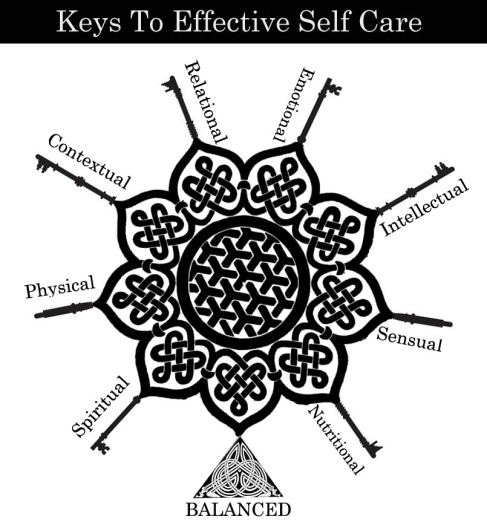A picture speaks a thousand words!
Clients often express their feelings using words and it is really hard to grasp the intensity and the prominence of these feelings in their day to day life. Also often clients have a limited emotion vocabulary when asked to express the dominant feelings or how they felt most of the time in thier life.
Color My Life is an art therapy that can be used with one client or with a family system.
Items needed:
- Feeling Cards or Index Cards with Emotion Labels
- Crayon or Color Pencil or Paint
- Drawing Paper
When using with a family system,
- I use the Feelings card and pick out 10-12 commonly experienced feelings (Feelings Cards) by the family member as reported by them.
- I will ask the clients to assign a color to each Feeling Card
- Then I ask the family members to draw a picture (Like a square, circle, rectangle) or any shape they wish to draw and fill the picture/shape to show how much they feel the different emotions.
After the family members complete the art work, I encourage each of them to share their picture and tell the story behind each of their emotions.
Processing the artwork with family members helps to assess the family system and doing the same intervention at the end of the therapy will help to highlight the changes in the family system.
This intervention can also be used with an individual client with the same concept or can also be used to depict a specific issue or situation and how they experience it.

